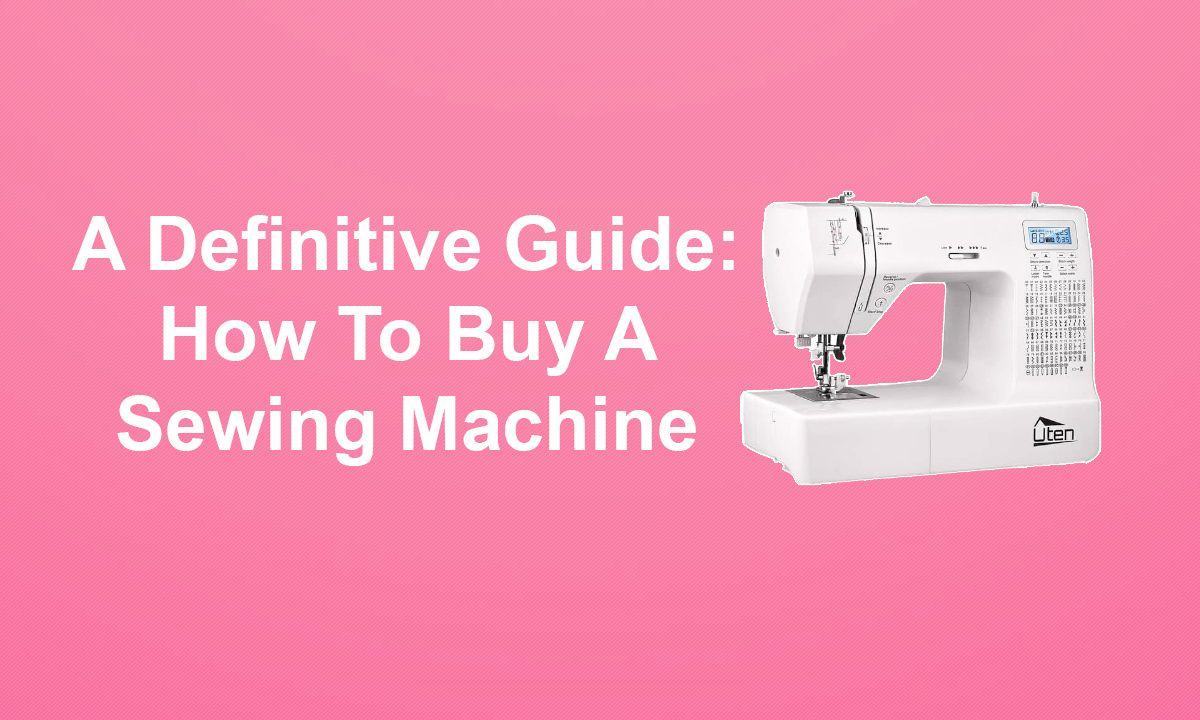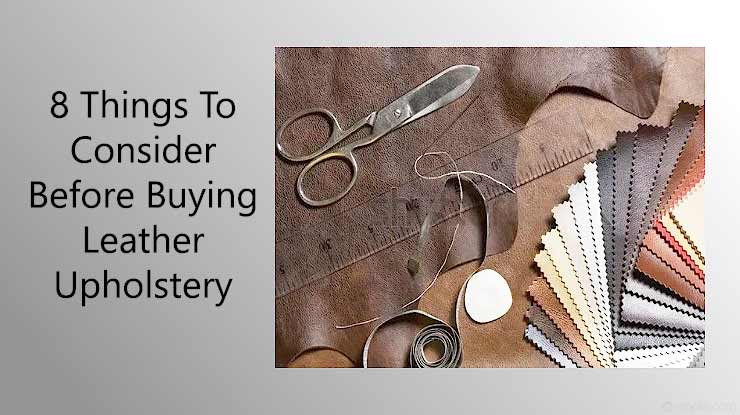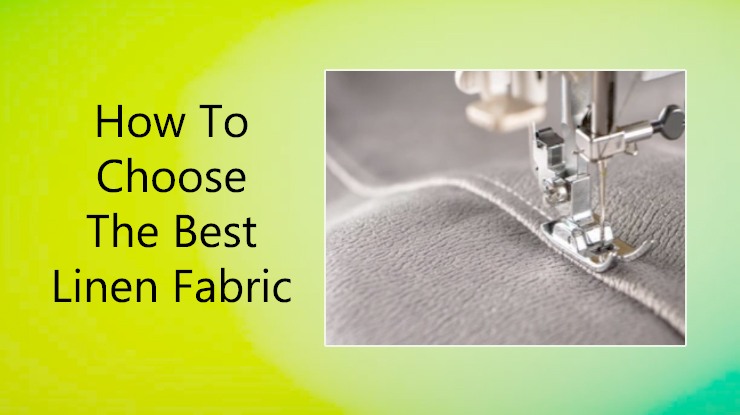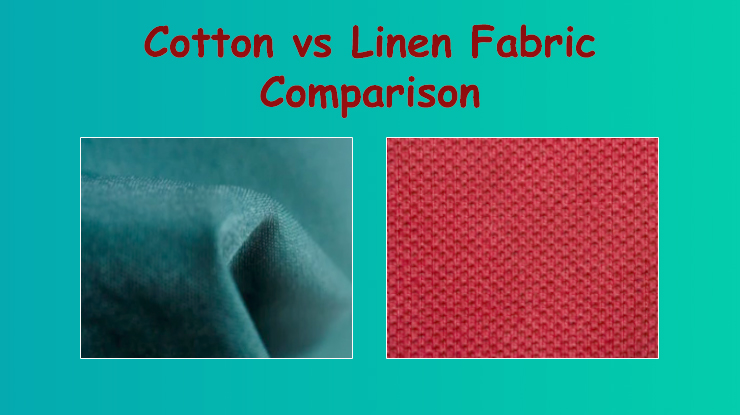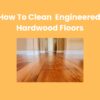Are you thinking of buying a sewing machine? And it’s your first-ever sewing machine? Then trust me you need to do a lot of research. You might feel confident about buying a cell phone at this age, but sewing machines are even more complex machines for a person who has never used them.
Or are you from the other party of buyers; who were using the old classic sewing machines, and no nothing about the current models available? In that case, too you need to have a thorough understanding of the new sewing machines available in the market.
In this article, I would be sharing tips and suggestions to help you find a reliable sewing machine.
The First Thing to Consider Before Buying a Sewing Machine
In my point of view, the top thing one needs to take into account is situational and needs analysis.
As you know, sewing machines have been here for almost hundreds of years; so today we have several brands and technologies for it. You can choose from various unique types of sewing machines. But fortunately, each type of sewing machine, and its features cater to a special need of the user.
It is then up to the user to find out whether he needs a particular feature or not.
Now there can be two situations.
- You already know all the features and uses of a sewing machine, as you have been using a sewing machine earlier.
- You are buying the first sewing machine of your life with little to no knowledge about its necessary features.
If you fall in the second category, then you must only consider how much work you are supposed to do with that sewing machine. If it’s only for the rare sewing then your needs would be different from a person who wishes to start a business.
14 Key Features to check before buying a sewing machine
Now, let us move toward the main features of a sewing machine, and how they are necessary for you.
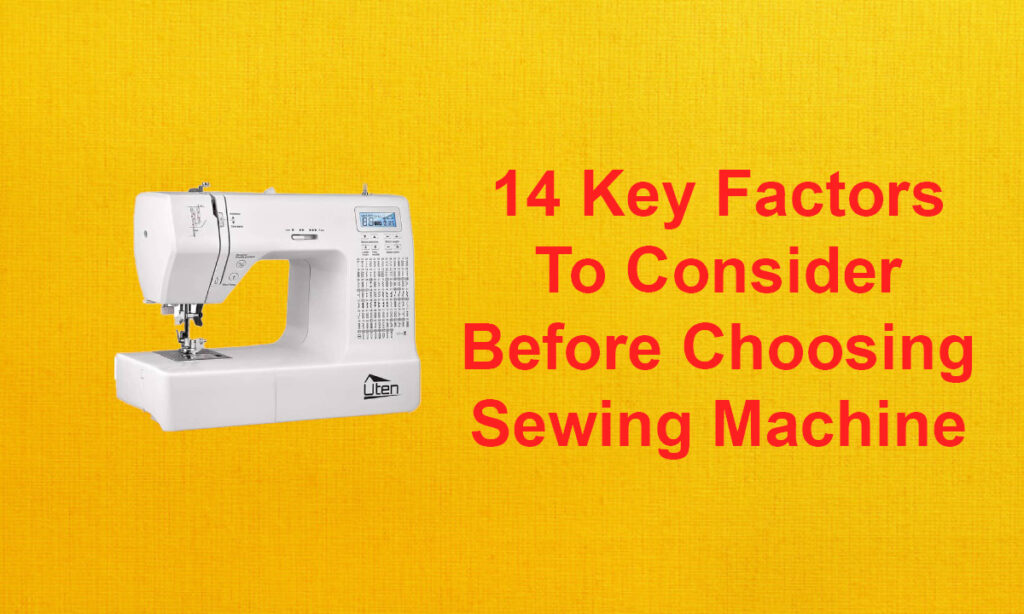
1. Type of the sewing machine
Today we have numerous types of sewing machines. So naming all of them here would be quite confusing; therefore, I will only mention the generic names for the types of sewing machines.
Mechanical sewing machine
As its name shows, mechanical sewing machines are the ones that need to be operated by hand or foot. You don’t get any extra tech features to make the machine move.
If someone cannot get over the classical sewing machines, then mechanical sewing machines are the most similar items to them.
People who don’t have much work to do; or only require a sewing machine for simple tasks may choose a mechanical sewing machine. However, it does not mean that mechanical sewing machines are any less than electronic ones.
There are great for industrial work too. It all depends on the features and capacity of the sewing machine.
Electronic sewing machine
These sewing machines are great for people who don’t want to involve any of their limbs in sewing. You don’t need to press the pedal for as long as you are sewing.
Plus, the electronic sewing machines have some additional features that need no mechanical support to set up. There would be an on and off button for the machine to make things easier.
An electronic sewing machine is less tiring, so it can be a great option for the old granny at your house.
Electromechanical sewing machine
Here again, we have a self-explanatory name. Electromechanical sewing machines are pretty common these days. Here you get a mix of electronics and mechanics.
The best thing about electro-mechanical sewing machines is the price affordability. One can easily purchase it without feeling a toll on his pockets.
It generally comes with the basic features of a classical mechanical sewing machine, with a few electronic buttons to make the complex part of stitching easier.
These sewing machines are ideal for beginners, who don’t know much about sewing machines and cannot handle the complex parts.
Computerized sewing machines
These are the most complex type of sewing machines and are often used at the pro levels. As the name suggests the computerized sewing machines are designed with a mini-computer to understand and design the thing you need.
Once you have entered the data, the machine will automatically adjust according to your needs. It is a quick solution, thus, one would find it very useful in industries with bulks of orders.
2. The weight and size
Here again, the first thing comes into play; that is who is using the machine. If you are a stay-at-home father or mother; who seldom goes out, then purchasing a large and heavy sewing machine will not be an issue for you.
We cannot tell you the size and weight of any sewing machine, as it varies for each brand and type of sewing machine. However, the lighter a sewing machine the better it would be.
Usually, expensive sewing machines are lighter in weight than cheaper ones.
On the other hand, if you need to carry your sewing machine quite often, for example to a shop, then a light sewing machine is ideal for you.
It really depends on the user; as there are multiple options in the market. Similarly, for a factory, where there will be fixed spots for the workers, they may choose heavy sewing machines as well.
3. Stitch options
If you don’t know, then let me tell you that in the world of stitching, we have almost 35 stitch types. Do you think you can make all of them with a sewing machine?
Well, in some cases you can reach as high as 30 stitches, but most sewing machines only come with nearly 20 stitch types.
For a professional, the types of stitches matter a lot. How would you use a sewing machine if it does not produce a certain type of stitch?
Now here you will also come across two types of institutions. The first would be for a beginner; a beginner would be fine with the minimum number of stitches.
However, for a professional the higher the number and types of stitches the better it would be. For those who are new to this world; you must check for the following basic types of stitches in a sewing machine before buying.
- Straight stitch.
- Zig-zag stitch.
- Stretch stitch.
- Button-hole.
- Blind Hem.
- Tri-motion.
4. Adjustable Width of the stitch
If you want to stitch some thick fabric with a sewing machine, then it’s very important to check the stitch width. Another thing that relays on the stitch width is design.
The higher the stitch width the better it would be for the tailor.
Currently, you can easily buy a sewing machine with a stitch width of around 7mm. It depends on your need; but even if you believe that you might not need a great width, still it is better to purchase a few mm extras.
5. Adjustable stitch length
The stitch length is again as important as the width. It is generally 3mm, but the average range is 0 to 4mm. You must check it before purchasing, here again, the higher the better.
6. Buttonhole maker
Have You ever seen a shirt without a buttonhole? Well, that is impossible. Thus, creating buttonholes is a routine activity for a tailor. The best sewing machine for a beginner would be the one with an automatic button-hole.
But currently, we have two variations, one with a 4-step button-hole, and the other is 1 step buttonhole (automatic buttonhole).
For pro tailors, buying the 4-step buttonhole would be fine, but the easier between these two is the automatic buttonhole maker.
In a 4-step buttonhole maker, you will need to measure the length of the buttonhole according to your needs and then set the machine over and over again for each button. So if you have plenty of time, then the 4-step buttonhole feature would be fine for you.
7. Needle threader
Gone are the days when our grandmothers would take several minutes only to thread the needle. How many sewing machines come with an easy needle threader option? You can thread the needle within a few seconds through that.
So if you see a sewing machine without that, and that too in these times, then it is a complete no. Keep this feature as one of the must-haves.
8. Design of the sewing machine
If you buy an expensive sewing machine, and it doesn’t have space to keep your arm or a wide spreadsheet on the arm, then using such a machine will be complete chaos. Thus, it would be better to choose a sewing machine with an easy-to-handle design with a broad and large armrest.
Then the space between the head and the foot spot should be enough to place the thick quilts and fabrics.
9. Height of needle clamp
If you cannot set a thick fabric or layers of fabric in a sewing machine’s needle clamp. Then what is the entire purpose of purchasing such a sewing machine? Even if sometimes beginners need to stitch quilts, or attach several layers of some fabrics for that purpose, it is ideal to buy a sewing machine with a 3 inches height of needle clamp.
10. Tension regulator
Have you ever seen the loose stitches on a bag or a quilt? How do you think they make them with a sewing machine? It can be made with a sewing machine if and only if the sewing machine has a tension regulator. It is a very important feature for regular stitching, as each fabric, you stitch varies in composition, thus, for each of them there you need a different thread tension level.
11. Presser foot pressure adjustment
To keep the fabric in place, it is highly important that there must be some pressure on it. In many advanced and even classical sewing machines, we have seen the presser foot. It can become loose over time. So to adjust that issue; they have now come up with a presser foot pressure dial.
The user can increase or decrease the pressure of the presser foot, it is necessary to keep the fabric in place and to get neat stitching results.
12. Guide
If you have been using sewing machines then you might know what type of width or length is required for a certain type of stitch. But, for some, this will be a new experience. By keeping in view this concern, many companies have created charts for tailors. In each chart, there is a suggested stitch length and stitch width to get a certain type of result. It is beneficial, and the best thing is you get it pasted on the front side of the sewing machine.
13. Reverse stitch
A reverse stitch feature is highly important to end the stitching session. If you have stitched something you know that if the end of the stitching thread is open, soon the entire stitch will get loose and tear the cloth apart.
Thus, to secure the stitching, a reverse stitch is necessary. In classical machines, the tailors would adjust the machine for this reverse stitch, but now a single button can give you reverse stitches. Thus, it is important to check for this feature as well.
14. Accessories
Then the last thing you must check with a sewing machine is the number of accessories you get. It can include the following things.
- Different types of foot.
- A guide.
- Warranty.
- Tools and screwdrivers.
- The sewing machine case.
Is it all that you need to get the best sewing machine?
The features discussed above are the most important ones in a modern sewing machine. You cannot claim to have a great sewing machine if any of these features are missing.
However, to get the best machine, several aspects come into play. Such as the user’s demand. What we have mentioned are only the basic requirements for any sewing machine in order to say it is the best and most usable machine.
Final Words
Choosing a sewing machine is sort of an investment because you will not be doing it every other year. Moreover, sewing machines are not that cheap. Therefore, understanding all the features before purchasing is better. Follow the above-discussed details to get a reliable sewing machine.
